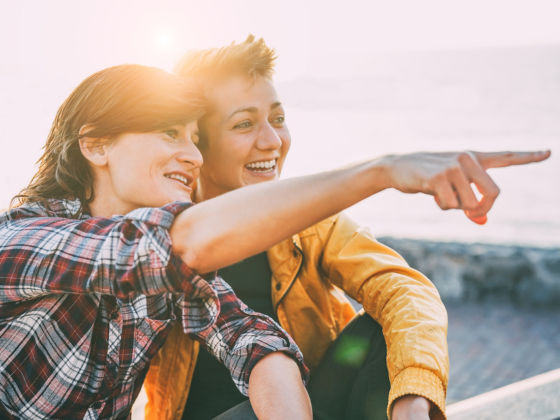Planning a trip is always hard, but as an LGBTQ person, travel brings up extra questions: Will I be safe? Where can I go to meet people like me? Can I come out? Are there gender-neutral bathrooms at this restaurant or hostel?
The numerous considerations regarding safety, community, and communication can be daunting — and these are only compounded by the difficulties we might face based on other intersecting aspects of our identities, including race, ethnicity, nationality, class, and so on.
Still, plenty of LGBTQ jetsetters have taken the plunge into domestic and international travel. Here are some of the challenges that LGBTQ people face while on the road and a few suggestions for overcoming them.
